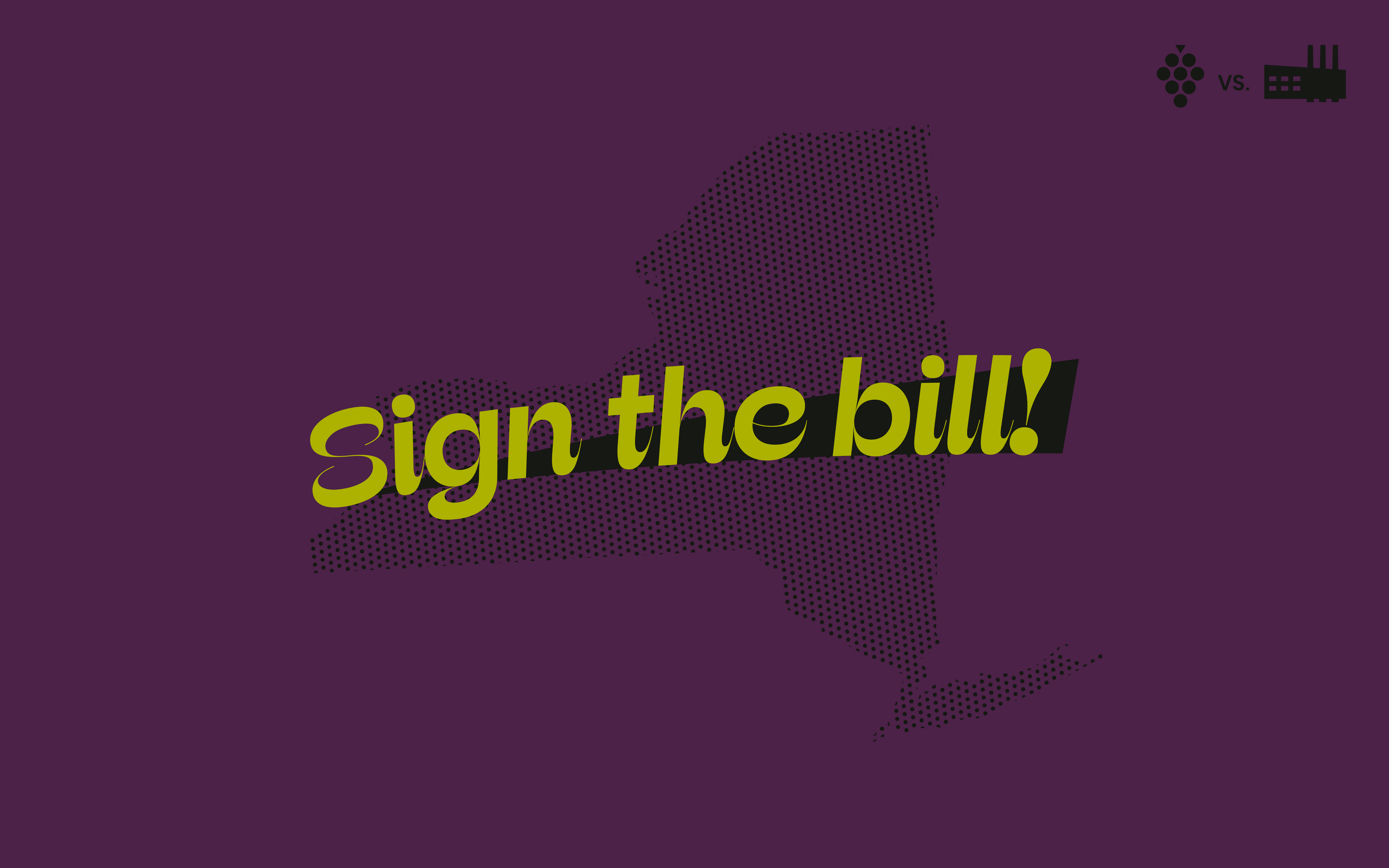Work
The Self-Efficacy Toolkit is an online health and wellness intervention platform suitable for offering self efficacy tools to anyone who participates. On the back-end, the application can be used to manage a controlled study.
The application was developed in collaboration with researchers at Binghamton University and the Psychology of Active Living (PAL) Lab at Iowa State University in response to a need for an online intervention for public health research that might help individuals be more physically active. You can read more about it here.
The design team decided to pull back from simply developing an application for this one project. Instead, we saw an opportunity in building a flexible platform that might be applied to any number of health and wellness interventions.
My role in the project is lead architect. I am grateful for the opportunity to work with PI Seungmin Lee, PhD, of the PAL lab at Iowa State, Javier Llamas Ramirez, a freelance programmer, and Sav Thomas, an undergraduate design intern from Lehigh University. Sav's inspiring UI design, and explorations into UX and gamification no doubt contribute to a higher level of user commitment to the intervention –and physical activity! Design motivates!
The Self-Efficacy Toolkit was developed primarily with Django, a Python based web application framework, and is freely available under MIT license.
Behind the Meter is an attempt to shed light on "proof of work" cryptocurrency mining in New York State. The website walks the user through some of the issues raised by cryptocurrency mining at an industrial scale: energy consumption, greenhouse gasses, carbon offsetting, impact on the environment, and e-waste, to name a few.
Extending the Behind the Meter project, this informative website and campaign uses a simple, straightforward design language to compare and contrast discrepancies between two industries in New York's Finger Lakes region: wine & grape agritourism vs. cryptocurrency mining.
It's also an exploration in graphical persuasion/polemics, prompting the Governor of the state of New York to sign a bill calling for a moratorium on new cryptocurrency mining development.
According to Stuart Walker, “the tacit expression of values and the assertion of a position are fundamental to both technological development and the discipline of design, and are therefore, critical characteristics of design practice.”
The ACNUR LOCO Festival at Binghamton University is an educational project driven by the Spanish Committee of UNHCR (United Nations High Commissioner for Refugees) to raise students’ awareness of refugees’ situations and the importance of getting actively involved in the defense of Human Rights.
For this project I developed an online platform for festival events which was then extended as a platform for students to get some real world experience in identity design for festivals.
The project is an experiment in collaborative design – each student contributes and we enjoy watching the design emerge. As Hannes Meyer wrote in 1929, "Everyone has an aptitude for something. Life refuses no one. A capacity for symbiosis is inherent in every individual. Hence, education for creative design .. removes inhibitions, anxiety, repression. Eliminates pretense, bias, prejudice. It unites the liberation of the designer with the capacity for becoming identified with society." (Bauhaus 3, no. 1)
We have followed this model of design doing for the first two years of the festival: 2021, which was completely online, and 2022, which was in person at Binghamton University in Binghamton, NY.
In March 2020, with the gravity of the early stages of pandemic beginning to sink in, I spent a weekend coming up with an interactive piece that visualizes, not an abstraction, but by pushing the capabilities of web canvas and modern browsers, a 1:1 representation of every single reported case of COVID 19. The data source, Johns Hopkins University Center for Systems Science and Engineering, initially run by fly by night volunteers, went through a few schema changes which broke the visualization until they locked into the format that is continually updated today. As you scroll through the waves of data you get an idea for how any given country (mis)manages their record. Some skip weekends, some drop out only to pick back up again later, and some are consistent.
Under normal circumstances the Binghamton University Art & Design Department hosts an Open Studio event at the end of each spring semester to celebrate and share student work. In 2020 however, while in the throes of the COVID pandemic, we were not able to meet in person; so instead, in an attempt to preserve the spirit of this event, I built a web platform (while teaching a full course load) for our "Closed Studio Night." The result was a win-win situation: I got to explore JAMstack technologies and students were able take a moment to step back and enjoy each other's work. It's also a handy archive. Of course a little is lost in translating work to the digital space – we lose a bit of a sense of scale and texture – but unexpected circumstances also help us learn a little about ourselves, what we can do, how we can create.





